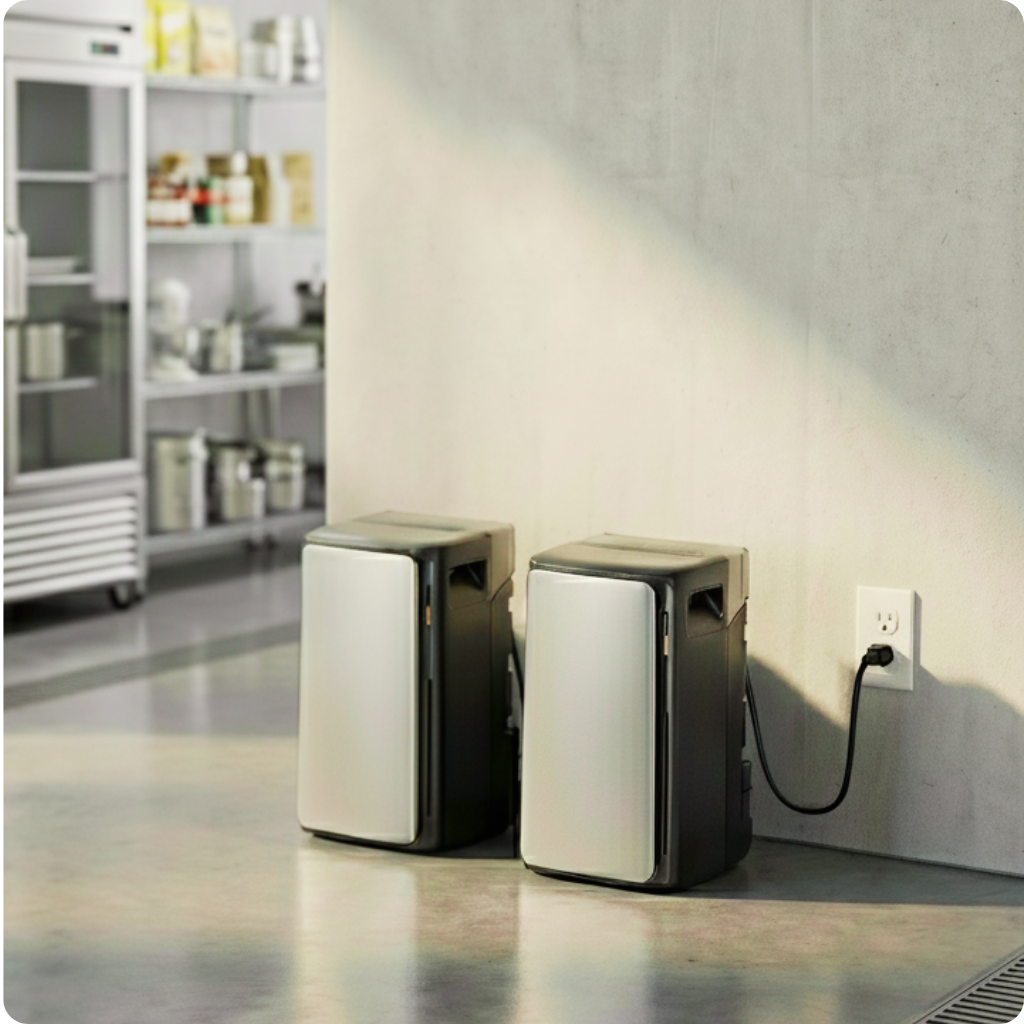Are you considering investing in smart thermostats for your business? Or maybe you’ve already made the plunge, but are not seeing the operational and cost savings you were expecting for such a significant outlay?
We’ve repeatedly seen that smart thermostats on their own are not enough to yield operational efficiencies and reduce energy consumption. They need to be configured carefully and are just one of several tools that can be utilized to optimize energy costs.
Studies show that smart thermostats are effective in reducing energy usage and costs. However, additional research finds that their impacts can be eroded due to manual intervention – meaning that in extreme cases, a costly upgrade does little more to save money than the basic models they replaced.
Simply installing smart thermostats will not meaningfully transform your energy management. But they can be a key part of the solution when used correctly.
What can go wrong with smart thermostats?
You might assume getting a smart thermostat is a “set it and forget it” type situation: you install the thermostat, set your preferred temperature, and let it run. The truth is, it’s never that simple. Here’s some of the problems we see businesses running into when they deploy smart thermostats:
Poorly optimized setpoints or schedules: If your setpoints go across too broad of a temperature range, you’ll be heating or cooling more than required. Also if your schedules aren't tailored to day by day occupancy, it can result in unnecessary heating and cooling. Individual day scheduling rather than group scheduling (i.e. weekday and weekend schedules) is better at matching heating/cooling with occupancy of the building.
Not taking advantage of automation tools: Using smart settings like Intelligent Recovery allows the thermostat to learn how long it takes to heat or cool the space and then it kicks in at the appropriate time to hit the programmed temperature at opening time. This is much more efficient than manually programming it to hit your desired temperature (e.g. one hour before opening).
Hardware placement & conflicting schedules: If thermostats are incorrectly placed or adjacent areas have conflicting schedules, temperature settings may not reflect the actual temperature in the room, or worse – result in simultaneous heating and cooling.
Manual overrides: Smart schedules are only as good as their ability to stay in place. When an employee overrides the schedule at your location, things might be running off track for days before you realize. Worst case you might not notice it until your bill shows up for a higher than expected amount.
The good news is that it’s relatively easy to identify thermostat issues. Because smart thermostats collect data about the environment they are operating in, it gives you significant access into heating and cooling behaviors and what may be going wrong. Identifying that a problem has occurred is the first step to fixing it.
Smart thermostats still require manual intervention
Smart thermostats are wifi-connected, but they are not necessarily connected to your entire ecosystem of HVAC systems and devices. Similarly, they are not by default connected across every location from which you operate.
That means without additional management software, you will have to individually monitor and manage each thermostat on a location-by-location basis. Doing so has a cost: your time and energy gets sunk into monitoring activity across your entire portfolio to make sure that everything is configured and operating correctly.
Thermostats are just one piece of the puzzle
Smart thermostats are just one piece of a much larger effort that you will need to truly control your energy consumption. They give you one piece of your complete energy picture: they allow you to monitor and manage the temperature within your facilities.
But there is much more going on within your locations that impact your energy usage. You have to consider how efficiently your HVAC systems are working, how much electricity is being consumed by lights and appliances and how frequently they are operating. Managing these systems holistically can help keep your energy costs down.
How to get more out of your smart thermostats
This is where a thermostat management solution designed for multi-unit businesses can help. David Energy’s software platform, for example, seamlessly integrates with some of the most popular smart thermostats and their cloud apps. The additional layer enables real-time visibility and control of thermostat settings as well as auto-resolve features, enabling you to enforce standard operating procedures that reduce usage and, ultimately, costs.
- Auto-resolve: If a member of your team drops the temperature down to 68 degrees on a hot day, they may never reset it back. The AC runs through the night and if this prolongs, your usage goes up. Our auto-resolve functionality automatically resets settings at close of business each day. Therefore, nothing is running while the building is unoccupied.
- Performance issue detection: If we notice that the space is not cooling or heating appropriately based on setpoints, we’ll let you know there may be potential HVAC system performance issues, an issue with the thermostat's location, or a need to add/move sensors.
- Programming recommendations: We program your setpoints with the appropriate degree ranges to make sure your system isn't constantly fluctuating between hot and cold. This prevents the system from overworking and can potentially extend its lifespan.
Smart thermostats on their own might make sense in a home setting. But for a multi-location business, a more integrated approach to electricity can be the answer to sustainably reducing usage and lowering your bills.
David Energy might just be that answer.
Schedule a demo today
To see how energy management can boost your bottom line









